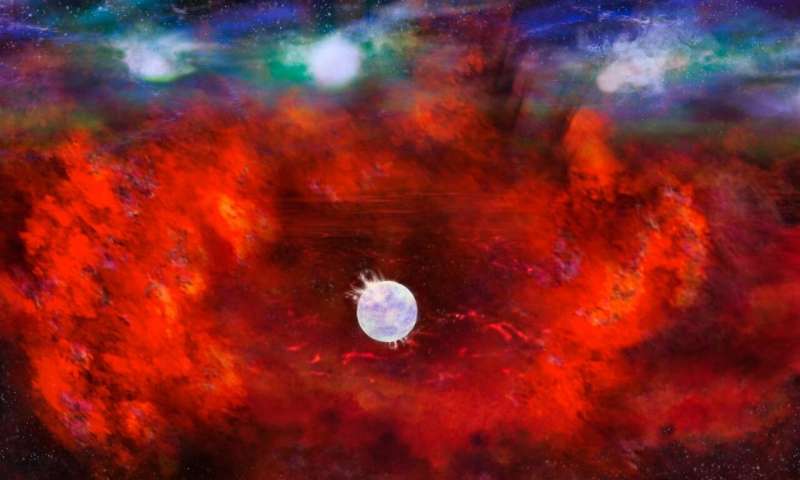Researchers have concluded that the molten rock and cooled volcanic glass present on the surface of Lava-Ocean Planets is unlikely to be the cause of their brightness, some of which have an albedo higher than Earth. This is intriguing, these lava-Ocean worlds are similar in size to Earth but whizz around their host star so close their surface is hot enough to melt their rocky surface.
You can read more here in this MIT article published on 04 August 2020.
If you want to know more about such worlds, here is an article published on the preprint server arXiv in April 2018

Researchers are using the very small to investigate the very large, a tool, developed by scientists from SISSA, in Trieste and the University of California at Los Angeles, recently published in Nature Communications, allows reserachers to analyze the thermal and electric processes occurring at the physical conditions that are almost impossible to reproduce experimentally, with a much easier and low-cost approach, giving an insight into how these planets formed and how they are on the inside.
Read more here.

Researchers from JPL/NASA have revealed that the bright areas seen on the Dwarf Planet Ceres are the result of salt water reaching thre surface and freezing in the frigid temperatures found at Ceres’s average orbital distance of 2.8 times that of Earth (2.8 AU) or 413 million km (257 million miles). The implication is clear, Ceres is not a dead and uninteresting rock, it is a world with an abundance of water in a liquid state underneath a frozen surface, meaning it is similar to Europa, Callisto, likely Ganymede and possibly Pluto.
You read the article here.

This map shows a portion of the northern helmisphere of Ceres with neutron counting data from the Gamma ray and Neutron Detector (GRaND) instrument on the DAWN spacecraft
Researchers from Kobe University have reanalysed images sent back from the Voyage 1, 2 and Galilleo missions of the giant Moon Ganymede to identify what may be the largest impact structure in the entire solar system. It seems that concentric troughs that were identified many years ago actually extend right around and all over the giant moon, the implication is that it was once hit by another body around 150km across.
Read the article with more details here

Courtesy NASA
Back in 1987 a large blue star in the LMC (Large Magellanic Cloud) confounded astronomers world wide when it unexpectedly exploded as a Supernova, dubbed SN1987A. The Star, previously known by it’s catalogue name of Sanduleak-69+202 (So named after the catalogue of stars created by Nicolas Sanduleak during his spectrographic studies of the Large and Small magellanic clouds, and the approximate position of the star in the sky from our perspective), was a blue supergiant, these were not thought to undergo Supernova eruptions at the time, but now we know different. The resultant supernova and it’s remnants have been the focus of intense study since 1987, now, a long since belief has been show to be true, at the heart of SN1987A debris field lies a city sized neutron star, just waiting to announce it’s presence to the Universe.
You can read more here.
